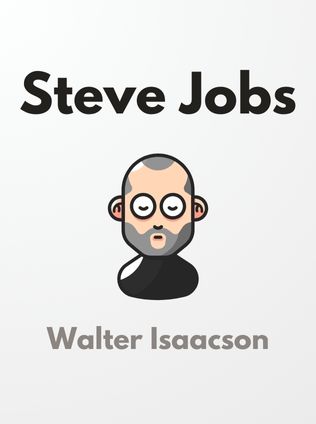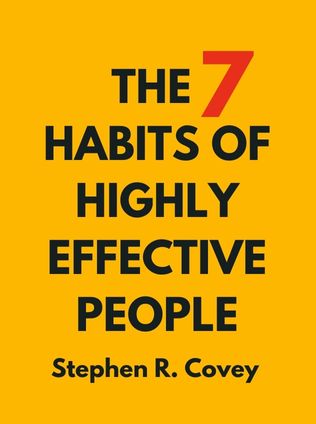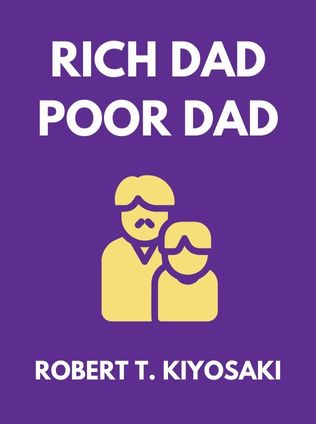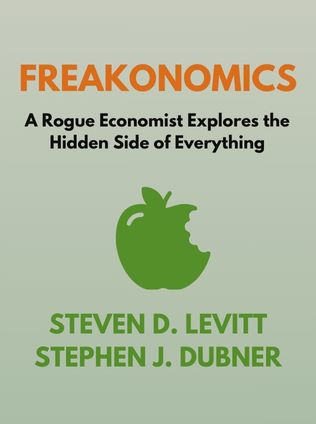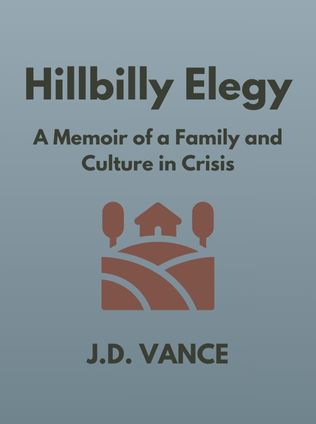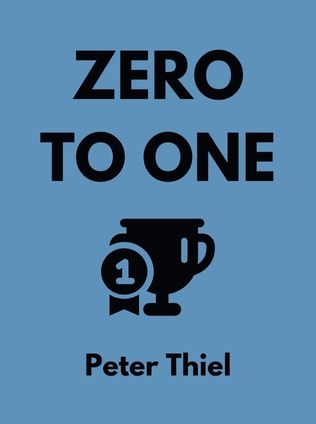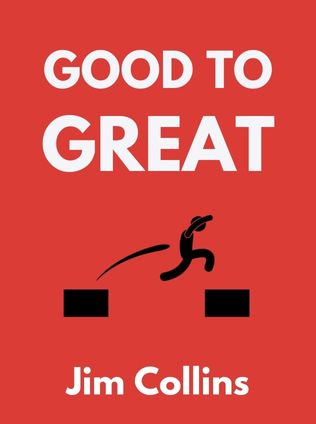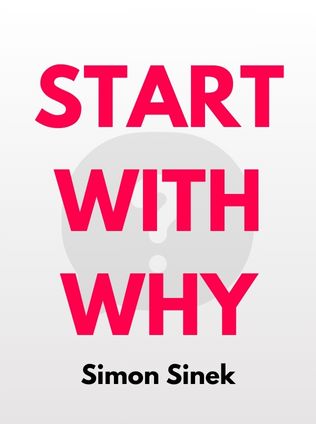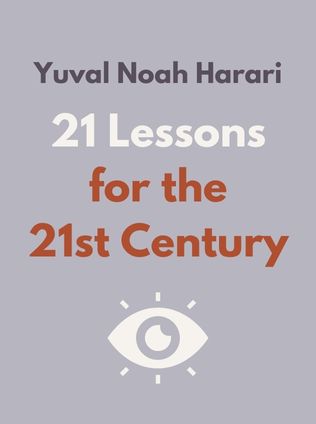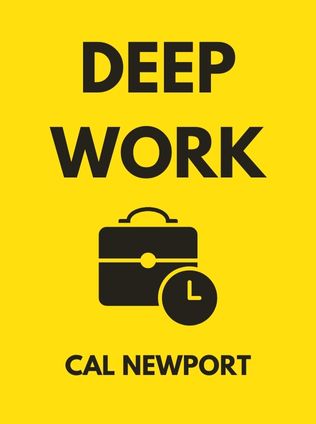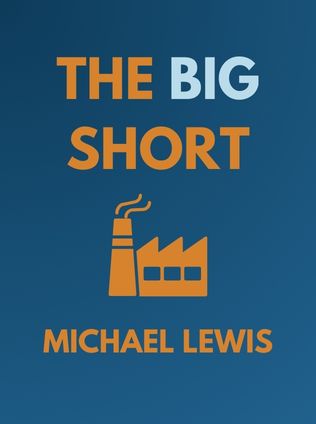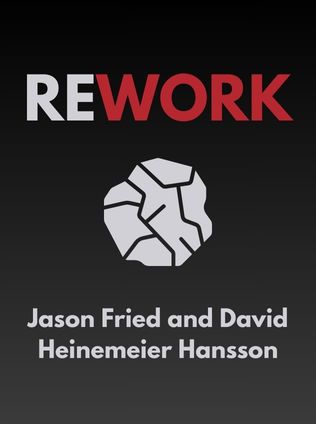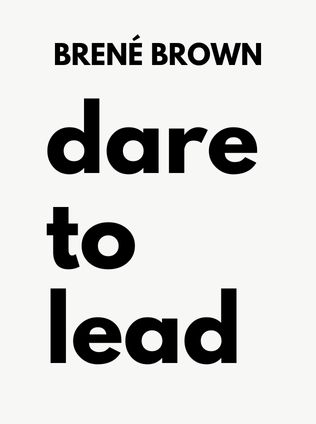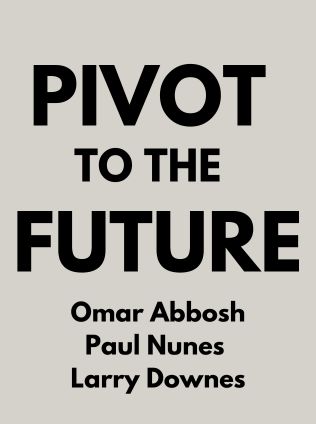
Pivot to the Future
Discovering Value and Creating Growth in a Disrupted World
By Omar Abbosh, Paul Nunes and Larry Downes
Published 06/2019
About the Author
Omar Abbosh, Paul Nunes, and Larry Downes are recognized thought leaders and senior executives at Accenture. Together, they have combined their extensive experience and insights into business strategy, technology, and innovation to co-author "Pivot to the Future." Their work focuses on guiding companies through the complexities of modern business disruptions and helping them achieve sustainable growth by mastering the art of continuous reinvention.
Main Idea
"Pivot to the Future" explores the necessity of constant reinvention in the face of ongoing marketplace disruptions. The authors argue that to thrive, companies must become disruptors themselves rather than being disrupted. This requires mastering the "wise pivot"—the ability to continually pivot from one opportunity to the next, balancing investments in old, now, and new business assets.
Table of Contents
- Releasing Trapped Value
- How to Make Wise Pivots Again and Again
Releasing Trapped Value
In an unpredictable market, a single large-scale transformation is insufficient. Companies must constantly reinvent themselves through multiple pivots to unlock the value trapped within their current business models and refocus around a mix of old and new assets.
"The only solution to continuous and potentially devastating change is constant reinvention, rearchitecting the business in a way that allowed us to pivot from one opportunity to the next, quickly and efficiently – an approach to business value creation we came to call the 'wise pivot'." – Omar Abbosh, Paul Nunes, and Larry Downes
The authors provide a compelling example with Royal Philips, which pivoted from incandescent light bulbs to LED technology and eventually to health technologies. By leveraging its existing assets and making strategic investments, Philips managed to stay ahead of the curve and unlock significant value.
- Philips transitioned from traditional light bulbs to compact fluorescent bulbs, then to LED technology.
- The company sold off incandescent lighting assets while ramping up investments in LED R&D.
- Philips eventually exited the lighting industry to focus on health technologies.
This example illustrates how balancing investments across different technologies at various life cycle stages can create synergies and sustain growth.
Sign up for FREE and get access to 1,400+ books summaries.
You May Also Like
Rich Dad Poor Dad
What the Rich Teach Their Kids About Money - That the Poor and Middle Class Do Not!
By Robert T. KiyosakiFreakonomics
A Rogue Economist Explores the Hidden Side of Everything
By Steven D. Levitt and Stephen J. DubnerThe Lean Startup
How Today's Entrepreneurs Use Continuous Innovation to Create Radically Successful Businesses
By Eric RiesWho Moved My Cheese?
An Amazing Way to Deal with Change in Your Work and in Your Life
By Spencer Johnson, M.D.Factfulness
Ten Reasons We're Wrong About the World – and Why Things Are Better Than You Think
By Hans RoslingMake Your Bed
Little Things That Can Change Your Life...And Maybe the World
By William H. McRaven
